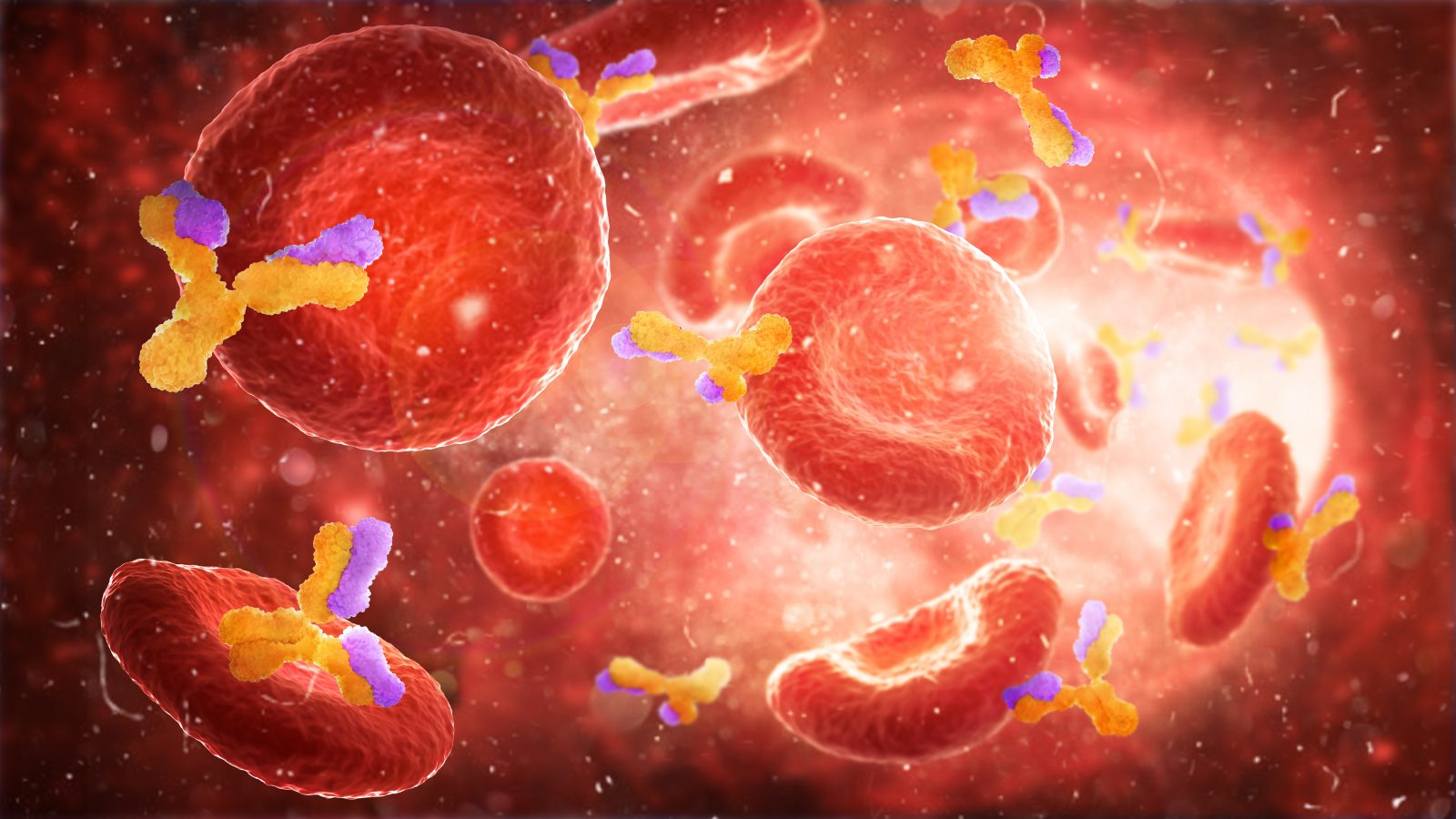
Intelligent Design: A Gift that Keeps on Giving — Pt. 1
On this episode of ID the Future, Andrew McDiarmid looks at three new discoveries in nature that shout design. The cone snail has a harpoon as fast as a speeding bullet. Researchers are looking at it for design ideas for robots and medical devices. The humble dandelion’s seeds are so optimized for lift and flight time that scientists wonder about borrowing its design for parachutes. And there’s a species, the mantis shrimp, whose larvae have “flashlights” in their eyes similar to advanced optics designed by human researchers. See more on these design wonders at Evolution News.

